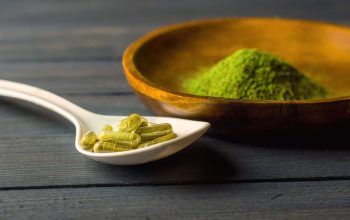Pain relief is a crucial aspect of healthcare, as millions of people around the world suffer from chronic pain on a daily basis. Traditional pain relief medications such as opioids and nonsteroidal anti-inflammatory drugs (NSAIDs) are commonly used to manage pain, but they come with a host of side effects and risks. In recent years, there has been growing interest in alternative treatments for pain relief, including herbal remedies like kratom.
Kratom is a plant native to Southeast Asia that has been used for centuries by indigenous communities for its medicinal properties. The leaves of the kratom plant contain compounds called alkaloids, which have analgesic and sedative effects. These alkaloids act on the body’s opioid receptors, similar to traditional opioids like morphine, but without the same level of addiction potential.
One of the key benefits of using strongest kratom for pain relief is its ability to provide long-lasting relief without causing tolerance or dependence. Unlike opioids, which can lead to physical dependence and withdrawal symptoms when discontinued, kratom does not produce these effects. This makes it an attractive option for individuals looking for a natural and sustainable way to manage their pain.
In addition to its analgesic properties, kratom also has mood-enhancing effects that can help improve overall well-being in individuals suffering from chronic pain. Many users report feeling more relaxed and content after taking kratom, which can be beneficial for managing stress and anxiety associated with persistent pain conditions.
Furthermore, kratom is known for its anti-inflammatory properties, making it an effective treatment option for conditions characterized by inflammation such as arthritis and fibromyalgia. By reducing inflammation in the body, kratom can help alleviate pain and improve mobility in individuals struggling with these conditions.
Despite its potential benefits, it is important to use caution when using kratom for pain relief. Like any medication or supplement, there are risks associated with its use, especially when taken in high doses or combined with other substances. It is essential to consult with a healthcare provider before starting any new treatment regimen involving kratom.
In conclusion, herbal healing kratom offers an alternative approach to conventional pain management strategies. Its unique combination of analgesic, anti-inflammatory, and mood-enhancing properties make it a promising option for individuals seeking natural ways to alleviate their chronic pain. By redefining how we think about pain relief, kratom may play a significant role in shaping the future of healthcare practices for those suffering from persistent discomforts.




